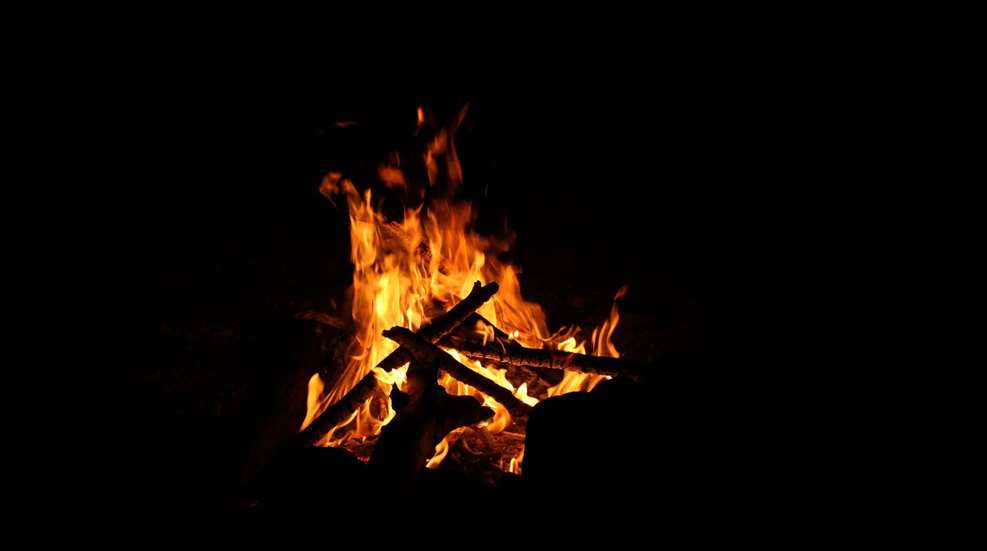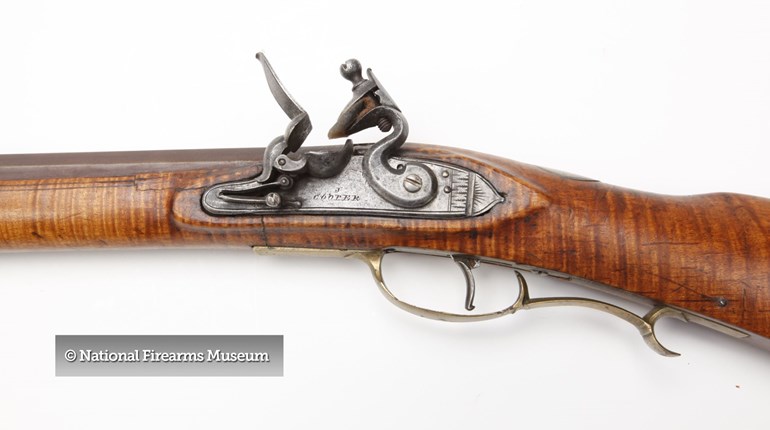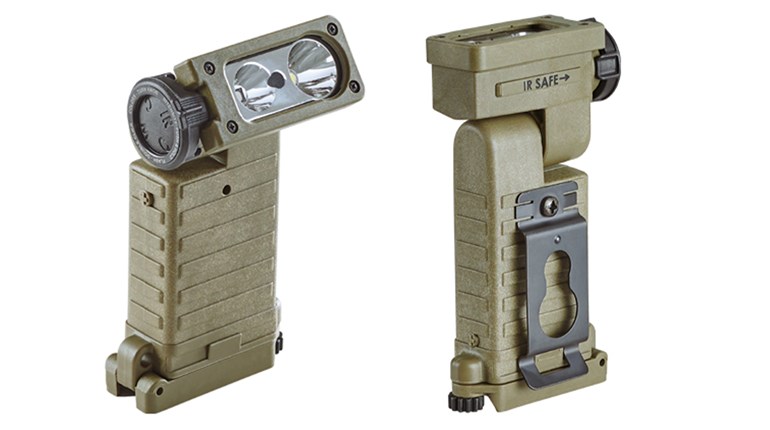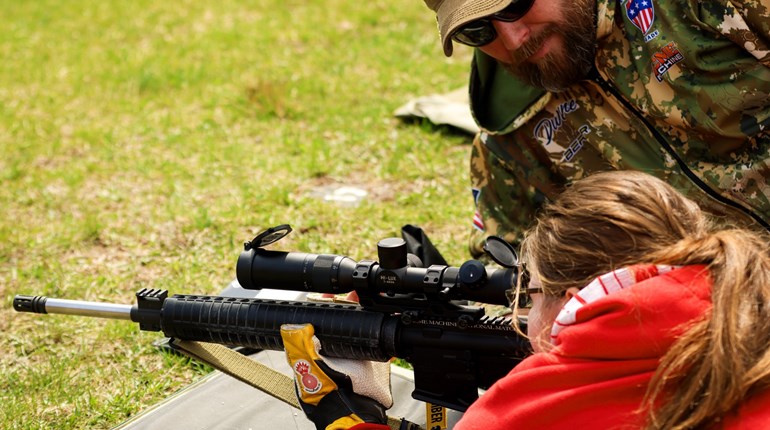
Did you know that backwoods bonfires can destroy a forest in not one, but two ways? In addition to the obvious one--out-of-control forest fires--there's the question of pests, parasites and diseases that afflict trees. That's why conservationists and state natural resources agencies implore you to please either cut or purchase the wood you'll burn within 50 miles of where you'll burn it.
Tree diseases are no joke. Dutch Elm Disease eradicated 75% of America's elms in the 20th century, completely changing the composition of entire ecosystems. Oak Wilt is raging through the American south, killing most infected trees within a month.
Moving firewood when you camp, hunt or head out for a weekend getaway means you risk carrying tree-killing insects and diseases to new places. Invasive pests can crawl out, infesting trees and carrying diseases that can forever change the landscape of the places you love. In fact, according to the Michigan Department of Agriculture and Rural Development, there are 140 pests and diseases that can be moved with firewood.
“On their own, these insects and diseases can’t travel very far, but they can travel hundreds of miles on firewood,” said Joanne Foreman, Invasive Species Program communications coordinator with the DNR. “Trees cut for firewood often died due to insects or disease. Why risk carrying oak wilt to your cabin or beech bark disease to your favorite camping spot?”
You can still have a roaring campfire or a cozy night in front of the fireplace – just make sure to burn safely:
- Wood that looks clean and healthy can still have tiny insect eggs or microscopic fungi spores that can start a new and deadly infestation. Always leave your backyard firewood at home, even if you think it looks fine.
- Buy firewood near where you will burn it – a good rule of thumb is only using wood that was cut within 50 miles of where you’ll have your fire.
- Use FirewoodScout.org to find a firewood vendor near your destination.
- Certified, heat-treated firewood is safe to move long distances. Look for a federal stamp or seal on the package and keep the firewood in that original packaging if you're entering a campground that requires heat-treated wood.
- Aged or seasoned wood is still not safe. Just because it is dry doesn’t mean it’s clean. A recent study showed insects continued to emerge from firewood even three years after it had been cut.
- If you buy firewood and don’t burn it all, don’t bring it home or to your next destination.
- Tell your friends not to bring wood with them – everyone needs to know they should not move firewood. You are the first line of defense against a new infestation!




































